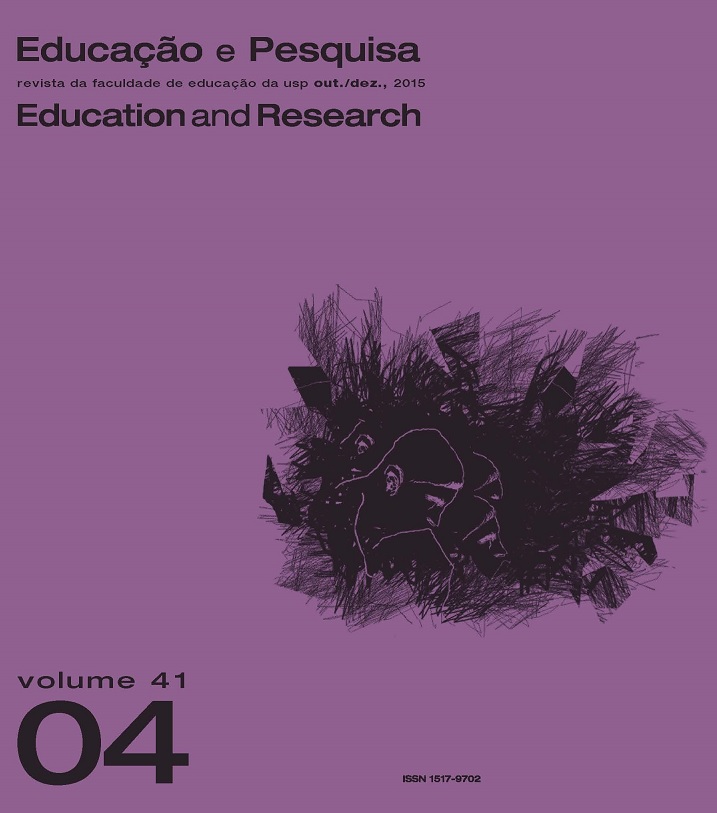Constraints of learning mathematics: a systemic historical review of the literature
DOI:
https://doi.org/10.1590/s1517-97022015051533Abstract
In addition to the natural language, human beings hold this intuitive sense of counting. We have the ability to determine the number of objects in a small collection and carry out simple additions and subtractions without direct instruction. By the age of ten, a child understands about 10’000 words and speaks its native language with 95% accuracy. However, by the age of eleven, some children already claim that they do not understand mathematics. Why is that so? One reason is that spoken language and number sense are survival skills but abstract mathematics is not. This article presents a review of literature on the teaching of mathematics. Which web of interactions is established in the teaching-learning process of this subject? How much of what has been said and written about this process is merely a myth? This piece of writing aims at contributing in some way to the demystification and improvement of success in mathematics. It is, therefore, essential to understand the structural framework of theoretical research on the various approaches on the term of learning and specifically on the difficulties in learning mathematics. This implies reviewing a set of internal (brain function, spoken language and learning style) and external constraints (socio-cultural factors and teaching styles).Downloads
Download data is not yet available.
Downloads
Published
2015-12-01
Issue
Section
Articles
License
Authors assume exclusive responsibility for the concepts expressed in their articles, which do not necessarily reflect the journal’s opinion.
Permission to photocopy all or part of the material published in the journal is granted provided that the original source of publication be assigned.
How to Cite
Constraints of learning mathematics: a systemic historical review of the literature . (2015). Educação E Pesquisa, 41(4), 1023-1037. https://doi.org/10.1590/s1517-97022015051533



